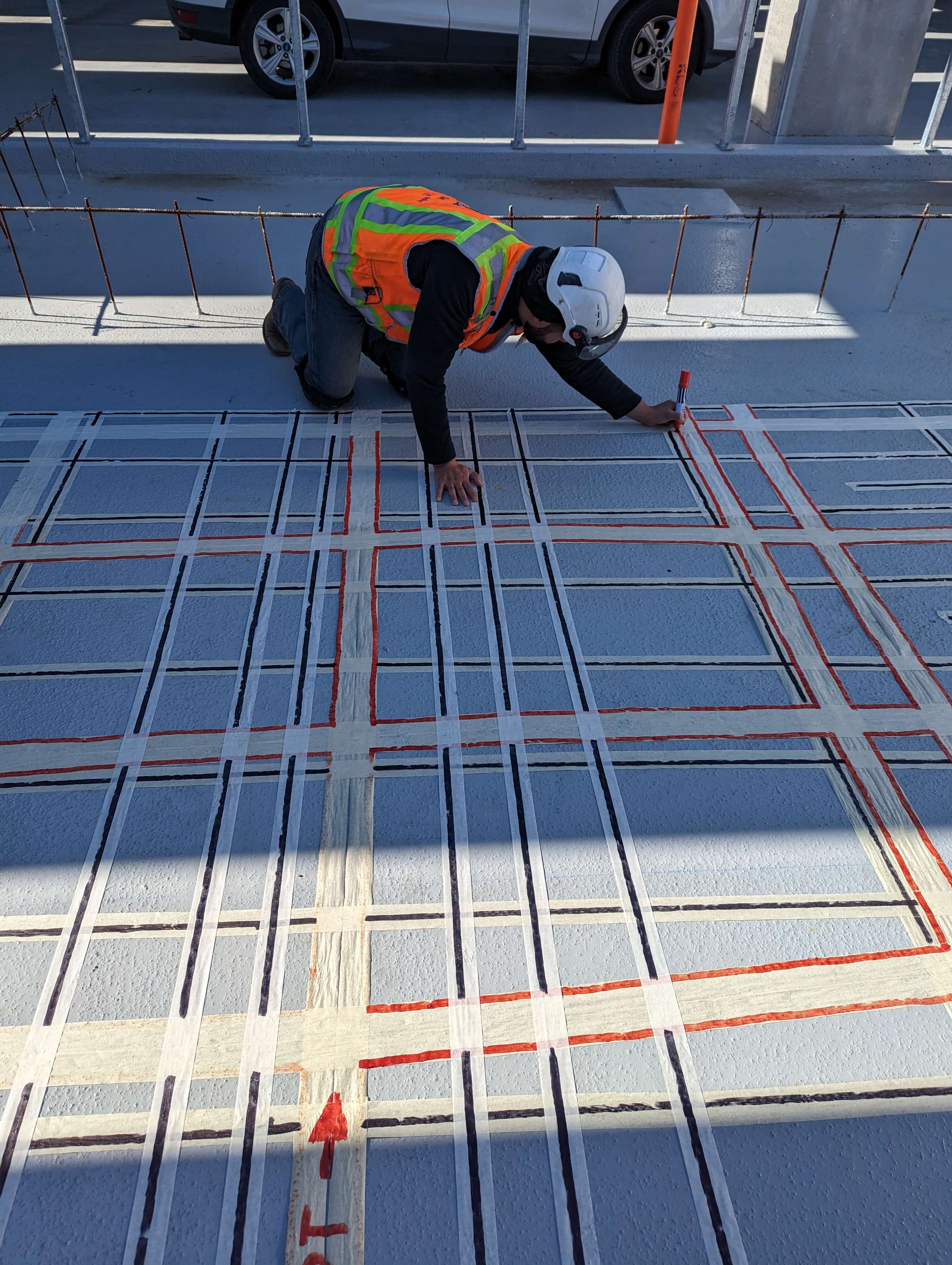Enhance Construction Safety And Security with Professional Concrete Scanning
Wiki Article
Unveil the Transformative Power of Concrete Scanning in Maximizing Effectiveness and Security
Concrete scanning has become an important tool in the construction sector, using exceptional benefits in improving project effectiveness and ensuring security standards. By using advanced technology, concrete scanning permits experts to see past the surface area, discovering hidden complexities that might impact the architectural honesty of a building. The transformative power of concrete scanning hinges on its capacity to supply detailed insights and real-time information, transforming how tasks are intended and executed. As we dig into the complexities of this cutting-edge strategy, a world of possibilities opens up, showcasing a brand-new period of building methods that prioritize precision and safety.Value of Concrete Scanning
Making certain the architectural integrity and safety and security of building tasks begins with the important step of performing thorough concrete scanning. Concrete scanning is a non-destructive technique used to find and map subsurface elements within concrete structures.Furthermore, concrete scanning helps in enhancing task timelines and spending plan by preventing unexpected prices and delays that might arise due to unexpected blockages within the concrete. Inevitably, spending in detailed concrete scanning is an aggressive strategy that boosts both performance and safety and security in construction jobs.
Exactly How Concrete Scanning Functions
Concrete scanning runs as an important device in building and construction projects by using innovative innovations to find and map subsurface elements without triggering structural damage. Ground Passing Through Radar (GPR) and Electromagnetic Induction (EMI) are two main techniques utilized in concrete scanning. GPR jobs by discharging high-frequency radar pulses right into the surface area, which recover when they encounter subsurface items or spaces. The time taken for the signal to return indicates the depth and location of the objects. EMI, on the various other hand, uses magnetic fields to recognize variations in material compositions, such as identifying rebar or conduits within concrete frameworks.Throughout the scanning procedure, the information collected is examined in real-time, enabling immediate identification of prospective dangers or challenges under the surface area. This info aids in decision-making, ensuring that construction tasks continue safely and effectively. In addition, 3D imaging software can be utilized to create thorough maps of the subsurface elements, better enhancing project preparation and implementation. By employing these sophisticated innovations, concrete scanning substantially minimizes the risk of expensive problems and injuries on building sites.
Advantages of Concrete Scanning
Using innovative scanning innovations in construction projects supplies a wide range of advantages, boosting both effectiveness and safety on-site. Among the primary benefits of concrete scanning is the capacity to identify and find embedded objects such as rebar, post-tension cables, and conduits properly. By determining these elements prior to boring or cutting right into concrete structures, the threat of unintended strikes is significantly lowered, stopping prospective injuries to workers and damages to the structure itself. visit here Concrete scanning helps in preparation and creating much more effectively, as it gives accurate info regarding the location and depth of structural elements.
Case Studies: Concrete Scanning Success

In an additional situation, a building and construction business used 3D concrete scanning to evaluate the condition of aging concrete structures in a historical building. The comprehensive scans given beneficial understandings right into the extent of damage and aided focus on maintenance efforts successfully. By proactively addressing areas of problem determined via scanning, the firm had the ability to prolong the life-span of the framework and make sure resident security.
These study underscore the transformative power of concrete scanning in boosting performance, precision, and security in building and construction projects.
Applying Concrete Scanning in Projects
Carrying out innovative scanning modern technologies throughout building jobs has actually come to be increasingly necessary for boosting precision and safety and security. By integrating concrete scanning right into project preparation and implementation, building and construction teams site here can recognize potential risks, such as rebar or post-tension cable televisions, concealed within concrete structures. This aggressive strategy decreases the threat of mishaps, delays, and costly rework, ultimately resulting in more efficient task timelines and spending plans.To apply concrete scanning effectively, project supervisors must team up carefully with skilled scanning experts to figure out one of the most ideal scanning strategies for the particular project requirements. Engaging scanning experts from the beginning of a task makes it possible for the group to create comprehensive scanning strategies that resolve vital locations of issue and make sure thorough information collection.
Furthermore, including concrete scanning into regular project workflows can enhance decision-making procedures, as real-time check information offers prompt understandings into the problem of concrete structures - Concrete Scanning. This data-driven approach promotes educated analytical and enables teams to make changes immediately, promoting a society of efficiency and safety and security throughout the project lifecycle

Conclusion
To conclude, concrete scanning plays an essential role in enhancing efficiency and safety and security in construction jobs. By making use of advanced innovation to map and detect out underlying frameworks within concrete, this process helps to stop pricey mistakes, guarantee architectural honesty, and minimize risks on website. With the ability to uncover covert aspects and give accurate data, concrete scanning verifies to be a valuable tool for enhancing task end results and maximizing overall success.Concrete scanning is a non-destructive approach used to find and map subsurface elements within concrete structures. Furthermore, concrete scanning assists in maximizing project timelines and budget plan by staying clear of unexpected expenses and hold-ups that might develop due to unpredicted home blockages within the concrete. One remarkable instance research involves a large renovation project where concrete scanning played a vital duty in making certain task success.In an additional instance, a construction company utilized 3D concrete scanning to evaluate the condition of maturing concrete frameworks in a historical structure. By integrating concrete scanning into project planning and implementation, construction teams can recognize possible risks, such as rebar or post-tension wires, hidden within concrete structures.
Report this wiki page